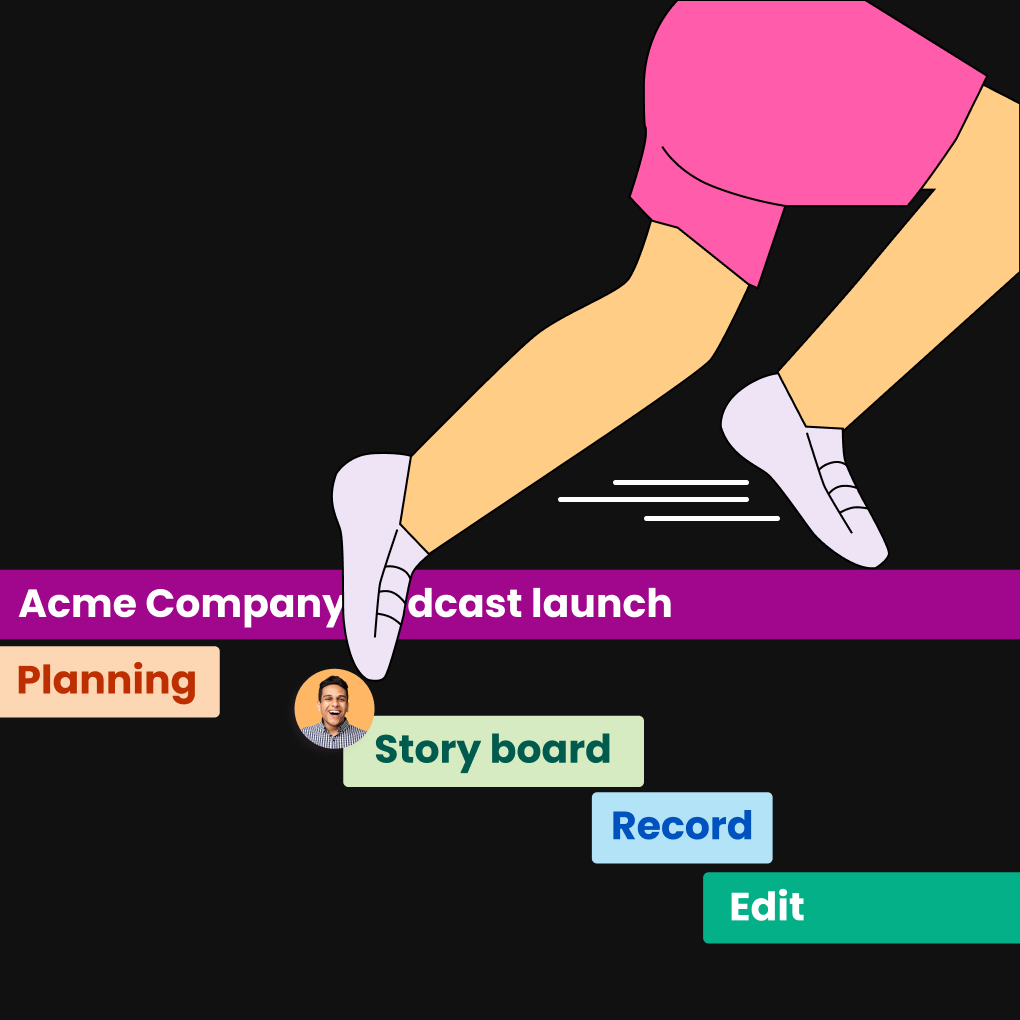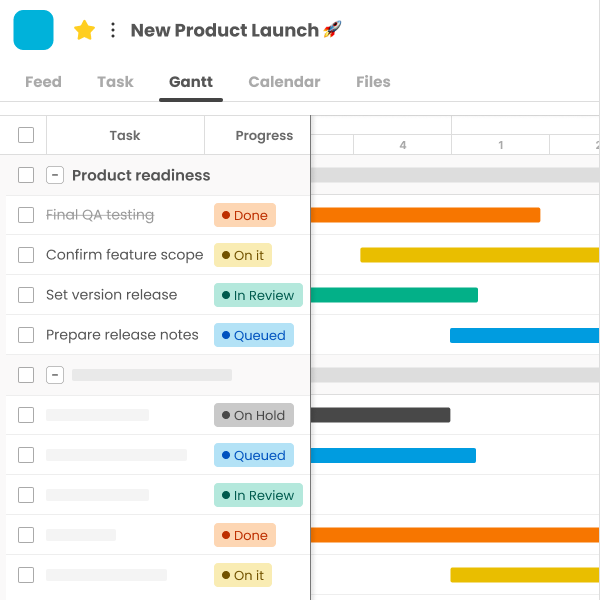Agile is a flexible way to manage projects and develop software, focusing on delivering work in quick, small cycles instead of one big release. It encourages team collaboration, getting feedback from customers, and ongoing improvements. This allows teams to adjust plans to meet customer needs and solve problems early. Agile is used in many fields, including technology, marketing, and product design, helping keep projects organized while allowing for flexibility. Teams work in short cycles, creating small parts of a project, which supports change and improvement. This method promotes teamwork, regular communication, and early testing, cutting down risks and improving results by dividing work into manageable pieces.
The Origins of Agile: The Agile Manifesto
Agile emerged in 2001 when a group of software developers convened to create the Agile Manifesto. They sought a more flexible and adaptable approach to software development compared to the rigid methods of the 1990s. The Agile Manifesto outlines the core values and principles that continue to guide Agile development today.
Prior to Agile, most teams relied on the Waterfall method, which involved extensive planning. This often resulted in delays and wasted efforts. The Agile Manifesto emphasized the importance of prioritizing people, working software, and customer satisfaction.
The Rise of Agile in Project Management
Agile gained popularity because it effectively addresses common challenges in project management. Traditional methods often struggle when requirements change. Agile allows teams to adapt quickly, minimizing wasted time.
Team collaboration is another key factor in Agile’s success. Instead of waiting for approvals, team members make decisions together, which accelerates progress and enhances quality. Today, many companies adopt Agile project management to achieve faster results and higher customer satisfaction.
Core Principles of Agile
Agile principles and values shape how teams collaborate. By embracing these concepts, teams can remain adaptable, deliver value, and continuously improve their processes.
The Four Agile Values
The Agile Manifesto identifies four essential values. First, individuals and interactions take precedence over processes and tools. Teams thrive on open communication. Second, delivering working software is more valuable than extensive documentation, although documentation still holds importance.
Third, collaborating with customers is more beneficial than relying solely on contracts. Agile teams engage with customers regularly to ensure success. Finally, responding to change is more valuable than strictly adhering to a plan. Agile teams anticipate changes and adapt swiftly.
Explaining the 12 Agile Principles
The 12 Agile Principles elaborate on these values. One principle emphasizes satisfying customers through early and continuous delivery. Teams frequently release small updates rather than waiting for a final product.
Another principle encourages welcoming changing requirements, even late in development. Agile teams remain flexible to enhance their work and prefer shorter cycles for the ongoing delivery of functional software.
Daily collaboration between business stakeholders and developers is crucial for aligning goals. Motivated individuals with adequate support form the foundation of successful projects. In-person communication is the most effective.
Working software serves as the primary measure of progress. Teams should maintain a sustainable pace to prevent burnout. Continuous focus on technical excellence leads to better outcomes, while avoiding unnecessary work is essential.
The best designs emerge from self-organizing teams. Ultimately, teams should consistently seek ways to improve and adapt.
Benefits of Agile Project Management
Agile surpasses traditional project management methods, resulting in higher quality outcomes as teams work more efficiently and communicate effectively.
Faster Feedback Loops
One of Agile’s most significant advantages is its quick feedback mechanism. Teams receive feedback early and often, allowing them to address issues before they escalate. Customers witness regular progress and can request changes as needed.
Enhanced Team Collaboration
Agile fosters teamwork and open communication. Daily meetings ensure everyone is aligned, and cross-functional teams collaboratively solve problems. This reduces miscommunication and accelerates decision-making. When teams collaborate effectively, projects run more smoothly and yield better results.
By adopting Agile, companies can quickly adapt, minimize risks, and enhance customer satisfaction. The Agile methodology is not limited to software; it is a smart approach to managing any project.
Challenges and Limitations of Agile
While Agile offers numerous benefits, it also has some drawbacks. Not every team or project is suited for this approach. Understanding these limitations helps organizations determine if Agile is the right fit.
Requires Team Maturity and Autonomy
Agile methodology demands experienced, self-managing teams. This can be challenging, as team members must communicate, make decisions, and adapt together. For teams lacking discipline or cooperation, Agile may not be suitable.
The Agile approach grants teams greater freedom, but this also entails increased responsibility. Without a clear leader or skilled members, projects can veer off course. Teams new to Agile often require training and time to adjust.
May Not Suit Fixed-Scope Projects
Agile thrives in environments where requirements can change. However, some projects have strict budgets, timelines, or regulations. In such cases, traditional methods may be more effective.
For example, construction or government contracts often necessitate detailed planning in advance. The flexibility emphasized by Agile can conflict with the demands of fixed-scope projects. Understanding when to apply Agile is crucial.
Popular Agile Methodologies and Frameworks
Agile encompasses various frameworks, each with its own rules and focus. Teams select the framework that best meets their needs.
Scrum: Sprints and Roles
Scrum is a common Agile method that organizes tasks into short, two-to-four-week periods called sprints. Each sprint delivers a usable part of the product.
In Scrum, there are three main roles. The Product Owner decides on the product features. The Scrum Master ensures the team follows Agile principles. The Development Team carries out the tasks. Daily meetings help everyone stay on track.
Kanban: Visualizing Workflow and Limiting Work in Progress
Kanban is a well-liked Agile framework. It uses a visual board to show stages of work like To Do, In Progress, and Done. Teams restrict the number of tasks they’re working on at once to avoid taking on too much.
Different from Scrum, Kanban does not use set sprints. Tasks move through the process continuously as they’re finished. This makes Kanban perfect for support teams or maintenance jobs that need frequent changes in priority.
Extreme Programming (XP)
XP focuses on delivering high-quality software through practices like pair programming, where two developers collaborate on the same task. Teams also write tests before coding to catch errors early.
XP is well-suited for complex projects that demand high quality, but it requires developers who are trained and familiar with its rigorous practices.
Lean and Adaptive Frameworks
Lean principles, originating from manufacturing, also apply to software development. Lean aims to eliminate waste and concentrate on what customers truly need. Larger organizations may adopt frameworks like SAFe to implement Agile across multiple teams.
Agile vs. Traditional Project Management (Waterfall)
Agile and Waterfall are two distinct project management approaches, each with its own strengths depending on the nature of the project.
Key Differences
Waterfall requires comprehensive planning before any work begins, making it difficult to implement changes once coding starts. In contrast, Agile promotes incremental development and embraces changes throughout the process.
In Waterfall, projects progress sequentially through design, build, and testing phases. Agile, however, integrates these activities within each sprint. Waterfall is ideal for projects with well-defined requirements, while Agile is better suited for projects where needs may evolve.
When to Use Agile or Waterfall
Waterfall is best for projects with fixed parameters, such as bridge construction. Agile shines in creative endeavors, like app development, where stakeholder feedback shapes the idea and product.
Some teams adopt a hybrid approach, using Waterfall for high-level planning and Agile for day-to-day tasks. The optimal method depends on the specific project requirements and the team’s capabilities.
Agile encourages teams to rethink problem-solving. Instead of relying on extensive upfront analysis, teams learn and adapt as they build. While this approach is effective in software development, it may not be suitable for every industry.
Agile in Real-World Use Cases
Agile is not limited to software teams; its adaptable framework is utilized across various industries to improve outcomes. The Agile umbrella includes several methodologies that enhance team flexibility and effectiveness.
Agile in Software Development
Software teams were the pioneers of Agile, seeking a way to respond to changing requirements and quickly address issues. Agile developers create small features, test them, and gather feedback, which helps prevent major mistakes and keeps projects on track.
Agile in Marketing and Event Planning
Marketing teams leverage Agile to execute campaigns and plan events. They experiment with ideas and adjust based on results rather than relying on a single comprehensive plan. For example, a social media team might test various posts to determine what resonates best with their audience, saving time and boosting engagement.
Agile in Product Development
Companies that produce physical products also benefit from Agile. They quickly create prototypes to test with users, leading to improvements and reduced waste. Teams work in short cycles, allowing them to remain flexible and responsive to customer needs.
How to Start Using Agile in Your Team
Transitioning to Agile requires careful planning. Teams should choose the right methodologies, define roles, and learn to work iteratively.
Select a Framework (Scrum, Kanban, etc.)
The first step is to choose an Agile framework. Scrum is suitable for teams with regular deadlines, while Kanban works well for teams with ongoing tasks. The choice should align with the type of work and team size.
Define Roles and Responsibilities
Clear roles are essential in Agile teams. A Product Owner determines what to build, a Scrum Master ensures adherence to Agile principles, and developers focus on delivering results. Everyone must understand their responsibilities to minimize confusion.
Plan and Execute Iteratively
Teams break work into smaller tasks and complete them in short cycles. Each cycle includes planning, building, testing, and reviewing, which keeps progress steady and allows for quick adjustments.
Measure and Reflect Regularly
After each cycle, teams evaluate what went well and what needs improvement. They refine their processes to enhance future performance. Regular feedback fosters growth and development.
Frequently Asked Questions
What is agile software development?
Agile software development involves delivering updates in small increments, allowing teams to improve based on user feedback. This approach reduces risks and keeps customers satisfied.
How does agile methodology work?
Agile methodologies emphasize flexibility and collaboration. Work is divided into small tasks completed in short cycles, with daily communication and adjustments as needed.
What is the main purpose of agile?
The primary goal of Agile is to deliver value quickly and adapt easily to change. It enables teams to work more efficiently and avoid wasted effort.
What are agile practices?
Agile practices include daily meetings, short work cycles, and regular feedback. Teams use these techniques to stay organized and foster continuous development.
Why use agile in non-software teams?
Agile can help any team work more efficiently and adapt to changes. Marketing, HR, and production teams utilize Agile to optimize their processes and outcomes.
Final Thoughts: Is Agile Right for You?
Agile has revolutionized how teams operate across various industries, promoting flexibility and speed. However, it may not be the best fit for every team or project. The decision to adopt Agile should be based on your goals, team dynamics, and working style.
Teams that benefit most from Agile are those that need to adapt frequently. If your projects often involve changing requirements, Agile can be advantageous. It is particularly effective when customers or stakeholders want to see progress regularly. Software teams, creative agencies, and product developers typically thrive with Agile, as they seek to test and refine ideas quickly.
On the other hand, Agile may not be suitable for projects with fixed, unchanging requirements. If you operate under strict guidelines and detailed contracts, a traditional approach may be more appropriate. Additionally, teams struggling with self-management or communication may find Agile challenging to implement.



